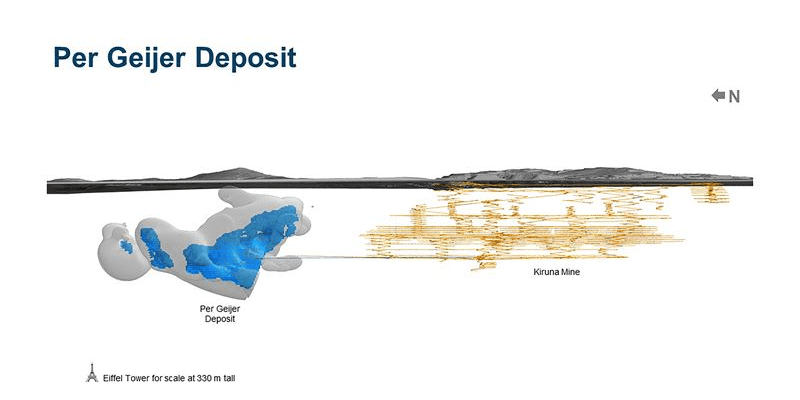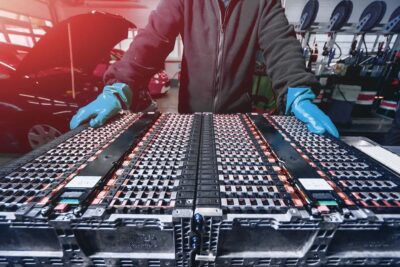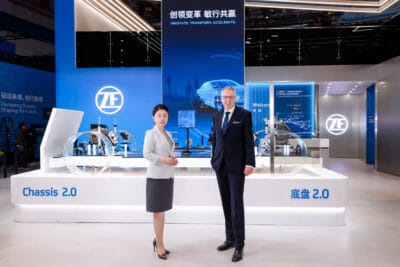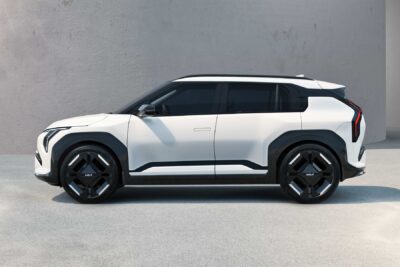Major rare earth deposits found in Sweden
The Swedish state-owned mining company LKAB says it has identified significant deposits of rare earth metals that are needed for electric cars and wind turbines, among other things. Mining on a larger scale will potentially first be possible in several years’ time.
After successful exploration, LKAB reports mineral resources of more than one million tonnes of rare earth oxides. The find is located in the area of Kiruna, the northernmost city in Sweden, and it is the largest known deposit of its kind in Europe. As Jan Moström, CEO of LKAB, indicated, the deposit discovered in Kiruna could be sufficient to meet a large part of the EU’s future demand for magnets.
“This is the largest known deposit of rare earth elements in our part of the world, and it could become a significant building block for producing the critical raw materials that are absolutely crucial to enable the green transition,” Moström said. “We face a supply problem. Without mines, there can be no electric vehicles.”
LKAB says that even though it plans to apply for a mining permit this year, other necessary industry approvals mean that it will probably take at least ten to 15 years before the company can actually start mining and bring raw materials to market.
Sweden took over the EU presidency at the turn of the year. Swedish Energy Minister Ebba Busch said the EU is “far too dependent” on imports for important materials and that the country must produce rare earth metals itself in the long term. “Sweden is literally a gold mine,” said Busch at an event at the mine site.
LKAB CEO Moström is more reserved in his statements. He says it is not yet clear exactly how big the Per Geijer deposit actually is. The mine is named after a Swedish mineralogist and is now the subject of further investigations. The composition of the rock and exactly which metals are contained within and in what quantity is also still an unknown factor.
In order to clarify the open points, LKAB now wants to initiate further excavations. Starting from the existing iron ore mine, they want to work their way towards the Per Geijer deposit at a depth of 700 metres. “We are already investing heavily to move forward, and we expect that it will take several years to investigate the deposit and the conditions for profitably and sustainably mining it,” says Moström.”We are humbled by the challenges surrounding land use and impacts that exist to develop this into a mine and that will need to be analysed to see how to avoid, minimise and compensate for it.” He explained that: “Only then can we proceed with an environmental review application and apply for a permit.”




